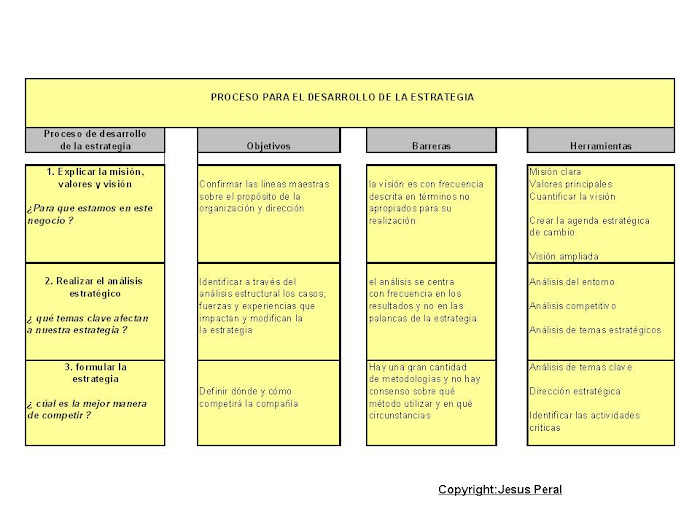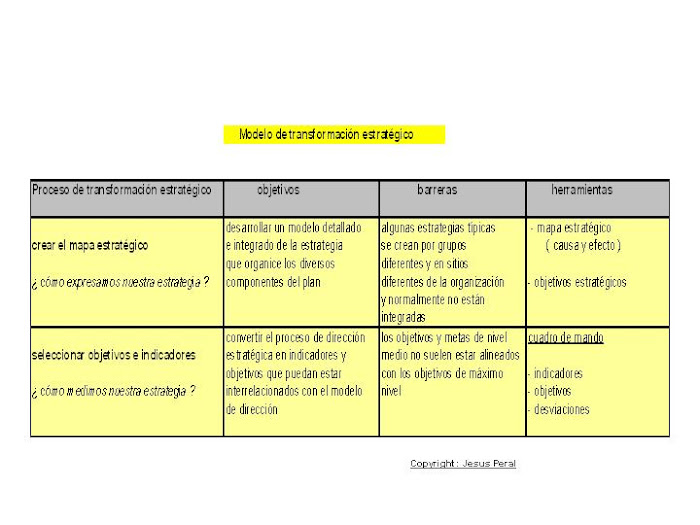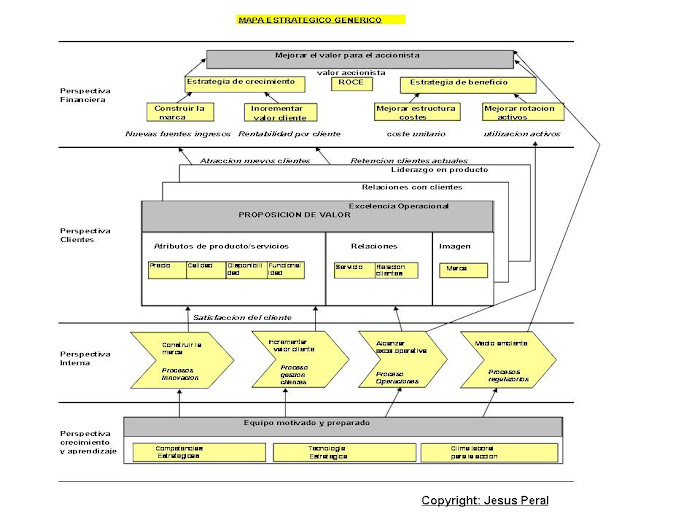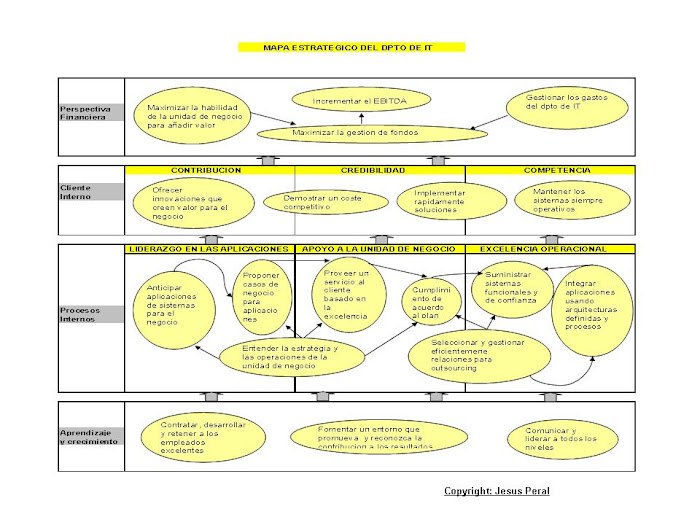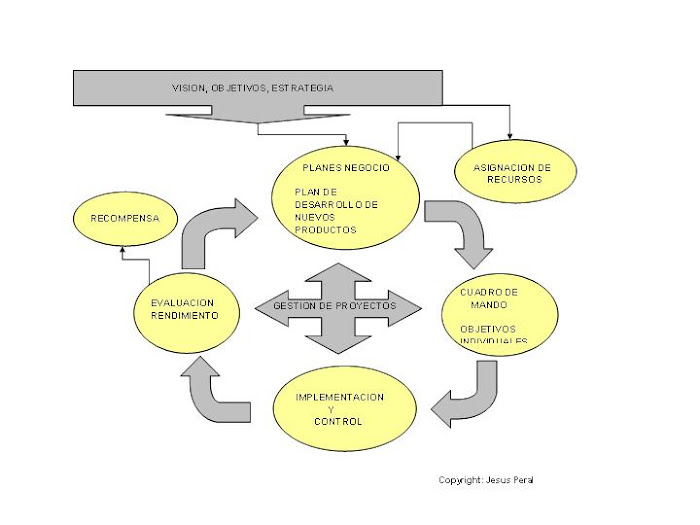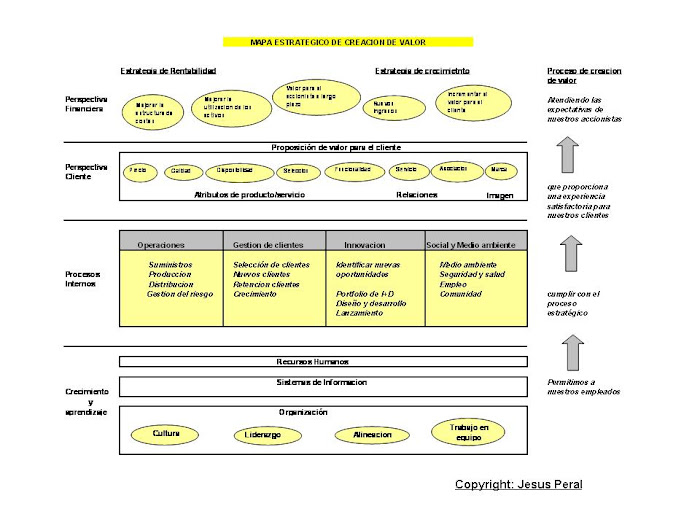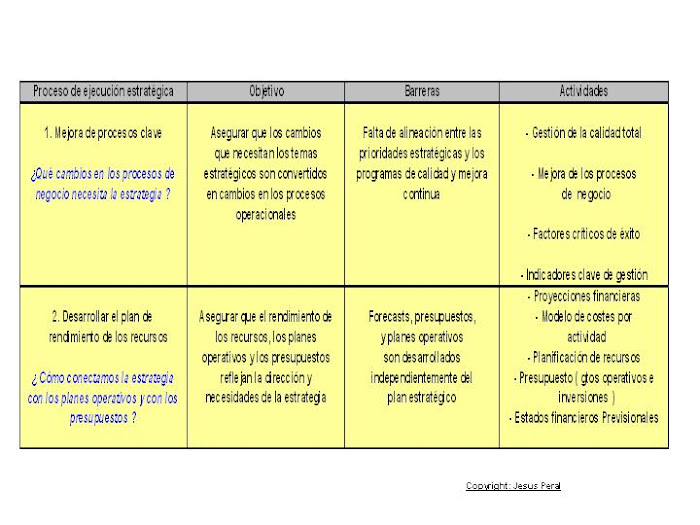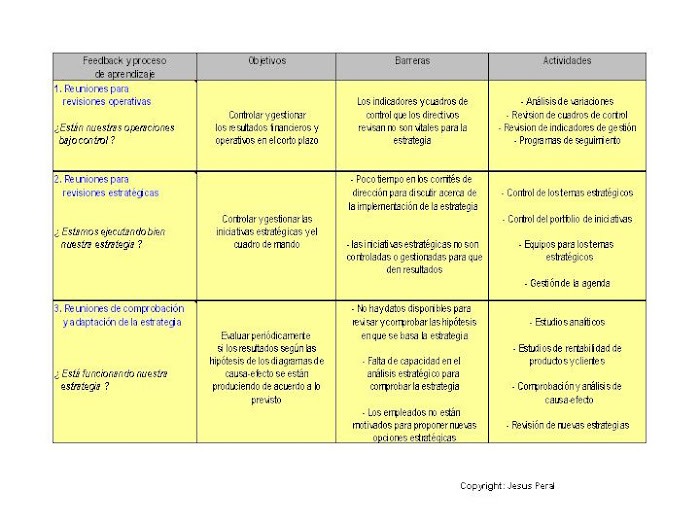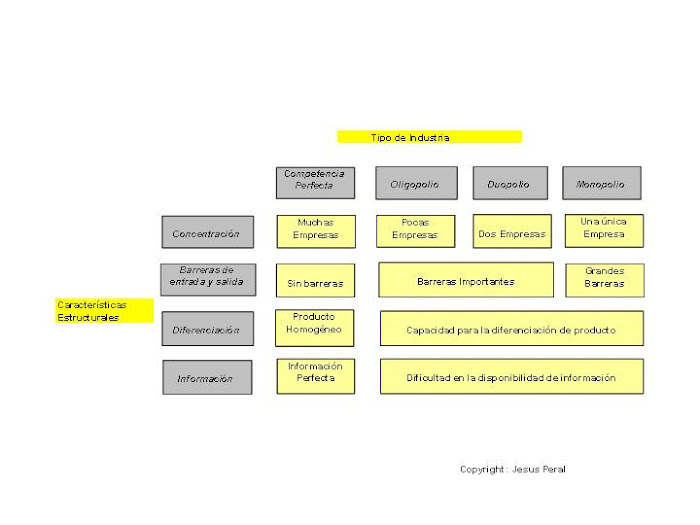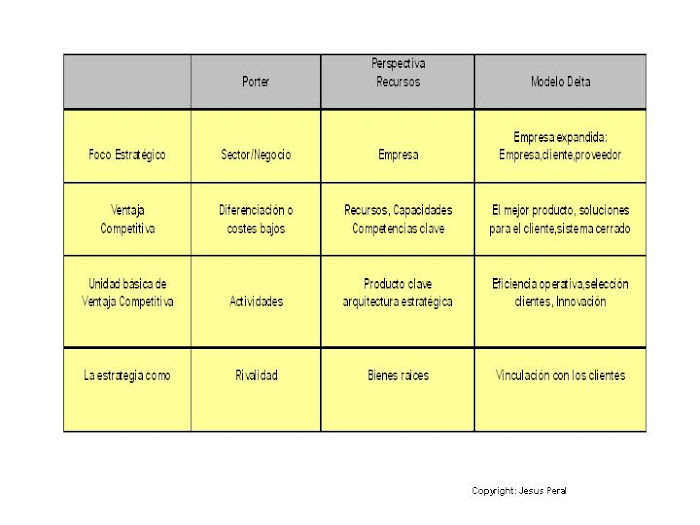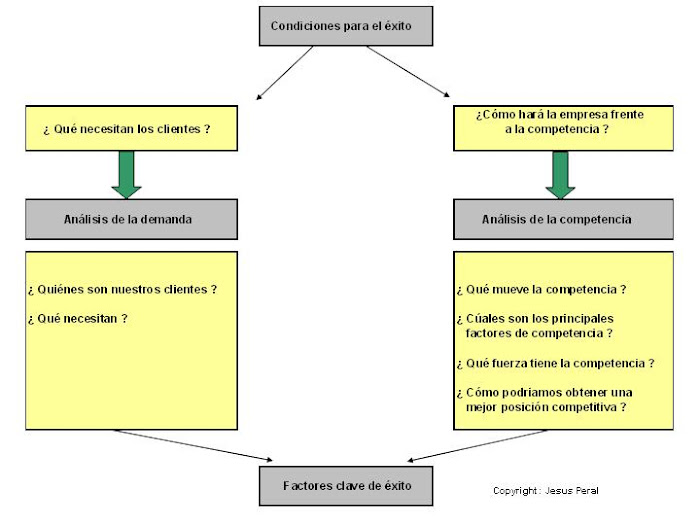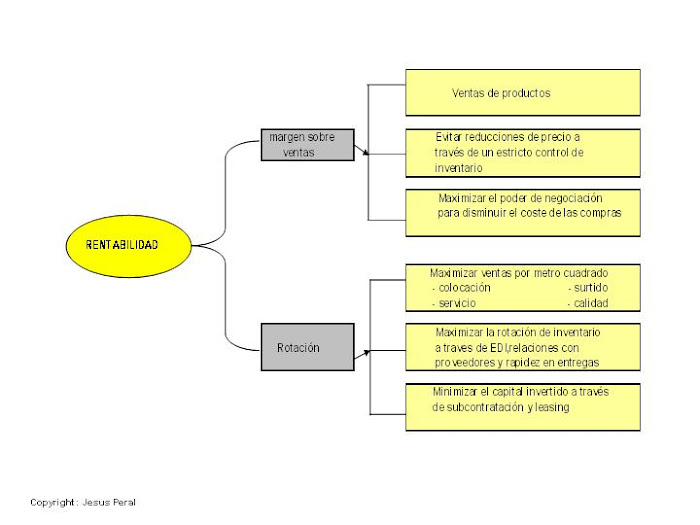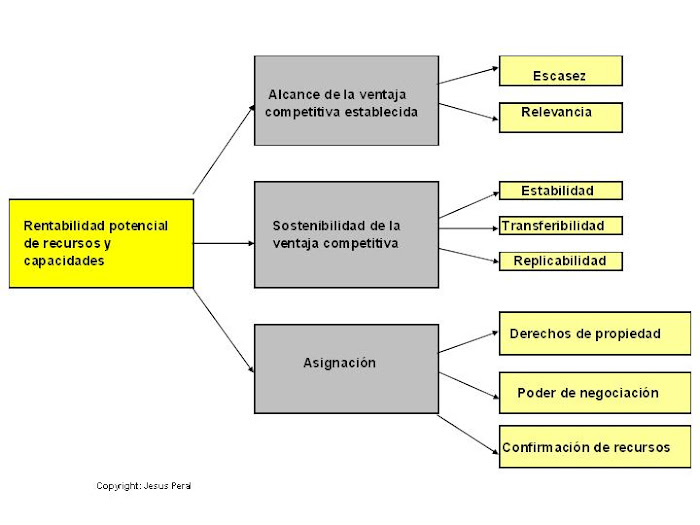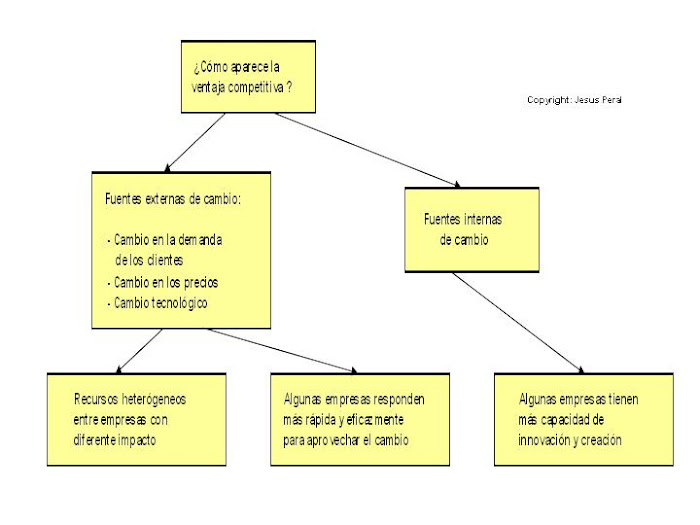If we asked successful CEOs about the meaning
of organizational effectiveness we would find different definitions but the most
accurate one will be found inside the company and in the way it manages the
current business environment.
Nowadays, apart from having a good business
plan, all companies require an effective and efficient plan describing any
single aspect the company has to take into account to achieve the
organizational effectiveness. The project should be clear and should allow the
assessment of the performance by comparing the KPIs most applicable to the
organization.
The senior management leadership will allow the
execution of both plans. The management style should flow top-down fostering a
results-oriented organizational culture and the development to the execution
capacity.
To know if the company has achieved the
organizational effectiveness we must monitor if the current results are
relevant for creating value and are coherent with the vision.
In the current economic environment all changes
are very rapid which proves the responsiveness, utilization and adaptation to
the emerging opportunities. With this regard, by knowing how to measure and
adjust the action plan based on the perceived value for all the stakeholders is
evident that the company will learn, as the vast majority of employees will be
receptors and actors of the change that is required.
In my opinion this is the only way to manage
the transformation, which is the result to achieve the organizational
effectiveness. The organizational effectiveness is a direct result of the
interaction of processes, system, risks, structure, culture, people, etc in a
way the company is developed by putting in action some critical elements as
follows:
·
The
dynamic nature of short and long term objectives outlined in the strategic
process
·
The
focus on the customer
·
The
alignment of goals, objectives, incentives, and people
·
The
leadership of senior management impacting the results
·
The
alignment of the talent to the critical positions to have the right people in
the right roles
·
The
assessment of the performance at all levels
·
Identify
potential improvements and carry out those improvements
The action plan should include the intelligent
management of all risks, innovation, take advantage of the big data, problem
solving scenarios, continuous improvement and the adaptation of the activities
leading to the strategic goal, as this is the only way to be better than the
competitors in the market place and in
addition to achieve a superior performance.
The action of all the above elements implies a
strong commitment from senior executives and other management levels to make
things happen in the right moment and with the available talent. Just to
remember an organization is simply a group of people, the human capital, so
each person can contribute to the effectiveness by developing the talent and
skills.
If the organization has capable and committed
employees those employees should lead the more important activities so less
capable employees are challenged and therefore prompted to leave their comfort
zone creating a culture focused on accomplishment, results and rewards Needles
s to say that the satisfaction at work, the motivation and the commitment have
to be protected to shape the ideal organizational culture in a healthy manner.
Finally, just to indicate, that organizational
effectiveness is simply the harmonic relationship between focus, alignment and
results in all the functions which leads the organization to work successfully
as a whole bringing the organization close to its vision.






